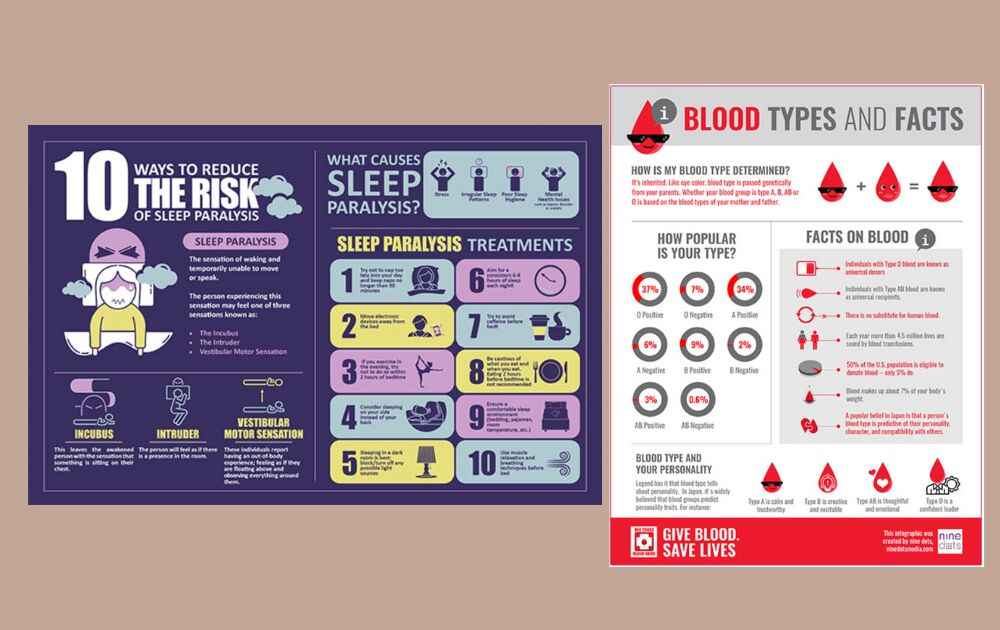
We live in a world full of information, and sometimes it feels overwhelming. That’s why infographics have become one of the best ways to explain ideas quickly and clearly. Instead of long paragraphs, infographics use visuals, icons, and charts to make content easier to understand.
For example, when Spotify launched its yearly “Wrapped” campaign, it used process infographics to show users their top songs and artists. This simple visual approach made it go viral on social media. Similarly, a nonprofit once used a timeline infographic to explain the history of climate change. The visual storytelling made it easier for people to follow along and share.
That’s the power of infographics, they turn complex ideas into stories people remember. But the big question is: How Do You Design an Infographic? Let’s break it down step by step.
Step 1: Know Your Goal
Decide why you’re making the infographic. Is it for a marketing campaign, a class project, or to explain a product? A clear goal helps you design the right type of infographic.
Step 2: Collect Good Data
Infographics are only as strong as the information inside them. Use trusted sources and organize your data before you start designing.
Step 3: Choose a Template or Layout
If you’re not a professional designer, don’t worry. Tools like Canva, Venngage, and other infographic makers offer ready-to-use infographic templates. You can customize colors, fonts, and icons to match your brand.
Step 4: Add the Right Visual Elements
Great infographics use charts, icons, and graphics to highlight key points. For example:
- Pie charts are good for showing percentages.
- Timeline infographics work well for historical events or product launches.
- Comparison infographics make it easy to see differences between two products.
Step 5: Keep It Clean and Simple
Use short sentences, easy-to-read fonts, and 2–3 main colors. Don’t overcrowd the design. White space makes it more professional.
Step 6: Use Tools or Hire Professionals
If design isn’t your strength, you can rely on graphic design services, infographic design services, or even design subscription services to make sure your infographic looks polished. These services save time and give you access to expert designers.
Examples of Infographics in Marketing

E-commerce brands use comparison infographics to show why their product is better than a competitor’s.
Health organizations use process infographics to explain safety steps clearly.
Tech companies use timeline infographics to showcase product updates.
These examples show how infographics can turn data into a strong marketing message.
Conclusion
Infographics aren’t just decoration, they’re powerful communication tools. Whether you’re using a simple infographic template, an AI-powered infographic maker, or hiring graphic design services, the goal is the same: take complex information and turn it into something clear and engaging.
So, the next time you wonder, How Do You Design an Infographic?, remember it’s about telling a story your audience can understand and share. If done right, infographics can take your marketing strategy to the next level.
FAQs
1. What makes a good infographic?
A good infographic has clear data, simple text, and eye-catching visuals.
2. Can I make infographics for free?
Yes! Tools like Canva and Venngage let you create infographics for free, though premium features may cost extra.
3. What are the most popular types of infographics?
Timeline, process, and comparison infographics are some of the most effective types.
4. Should I use an infographic maker or hire a designer?
If you need a quick project, an infographic tool works fine. For professional campaigns, consider infographic design services.
5. How Do You Design an Infographic?
Start by setting a goal, collecting data, picking a template, and then customizing it with visuals, fonts, and icons.
6. How do I make sure my infographic looks professional?
Stick to best practices: use consistent fonts, limit your colors, and focus on clarity over decoration.
7. What role does AI play in infographics?
AI tools can help you create visuals, recommend layouts, and even generate design elements automatically.
About the author

Carla Deña
Carla is a journalist and content writer who produces stories for both digital and legacy media. She is passionate about creativity, innovation, and helping small businesses explore solutions that drive growth and social impact.








